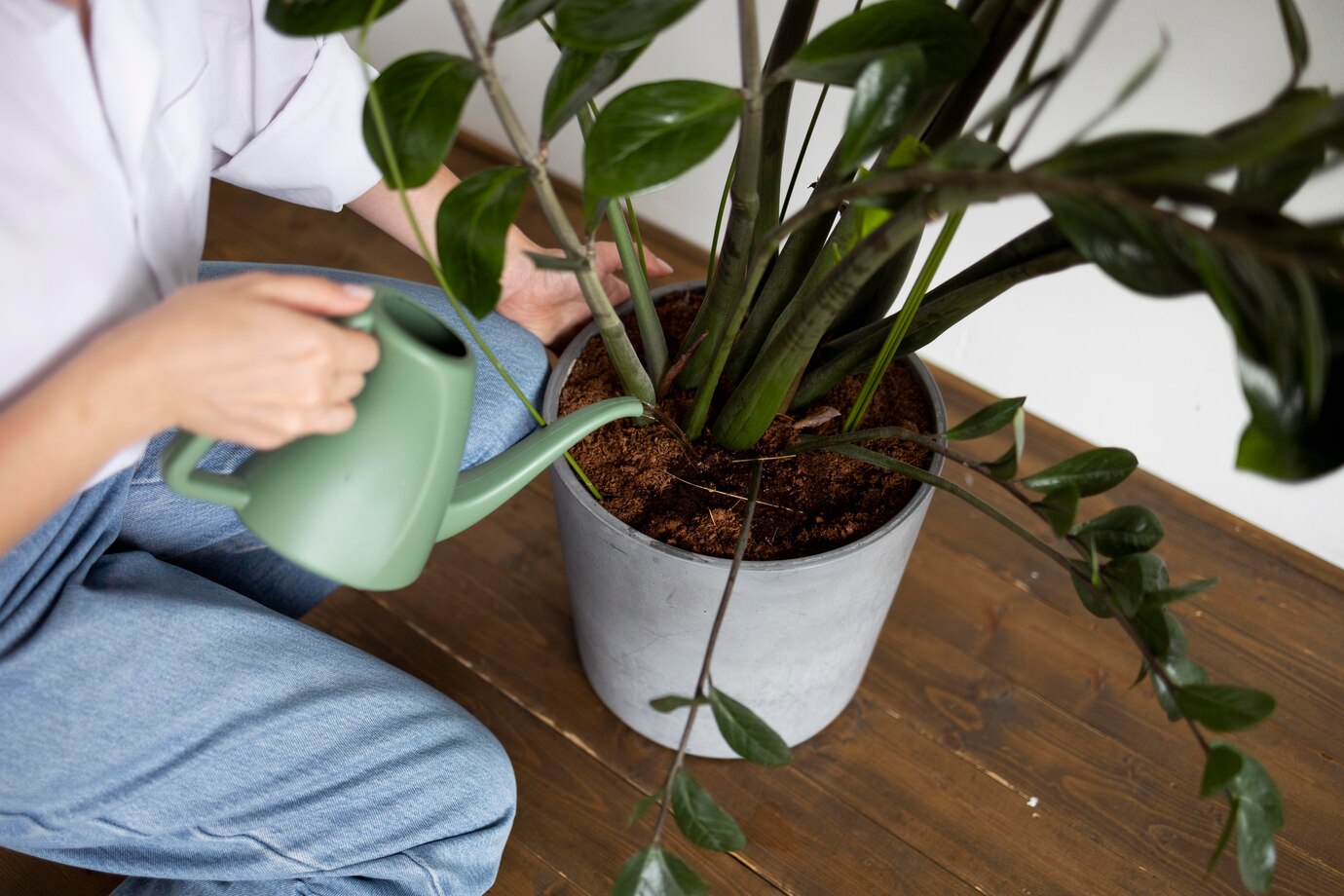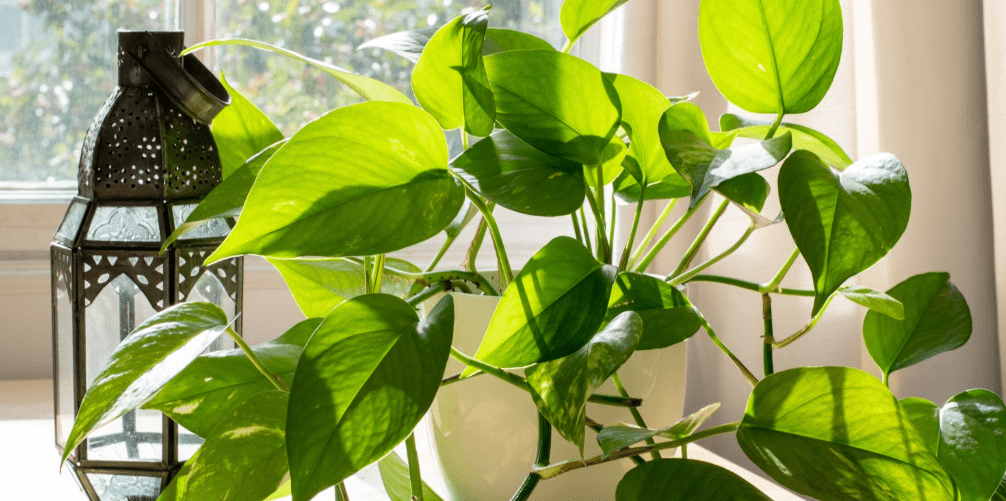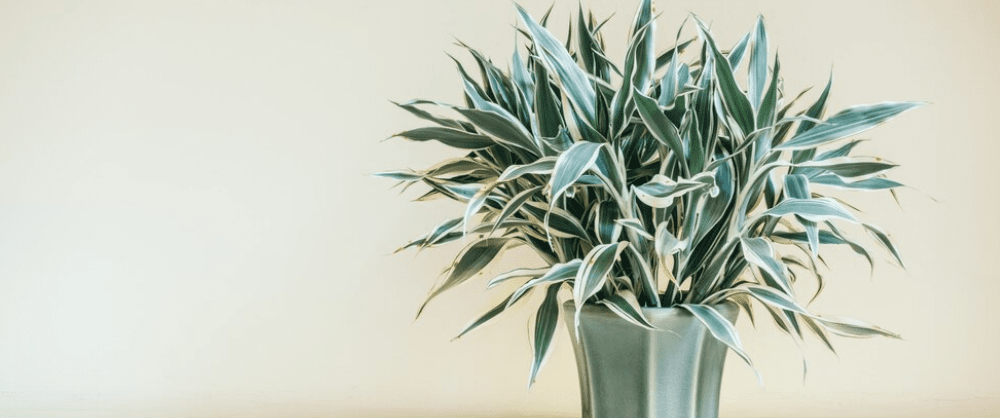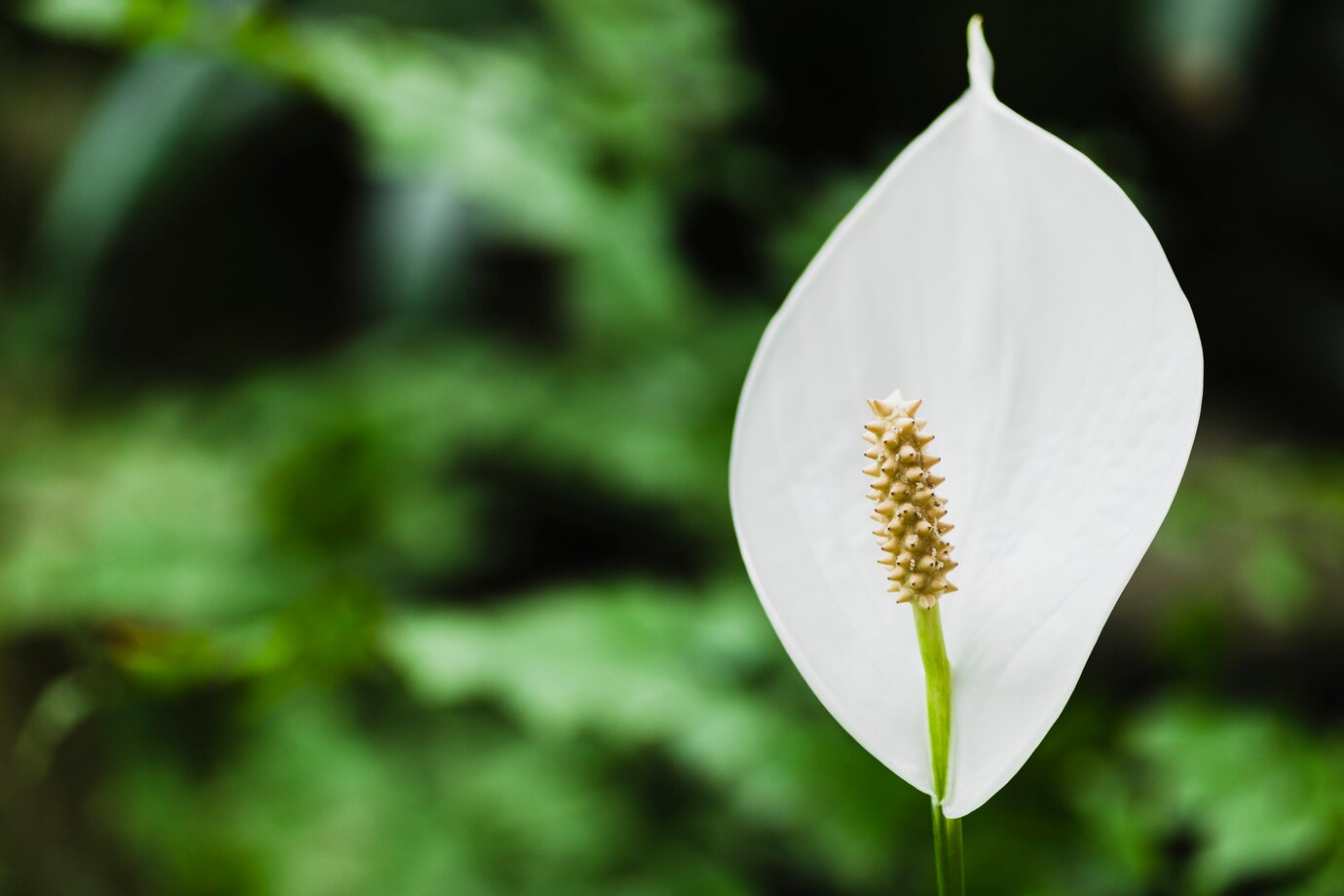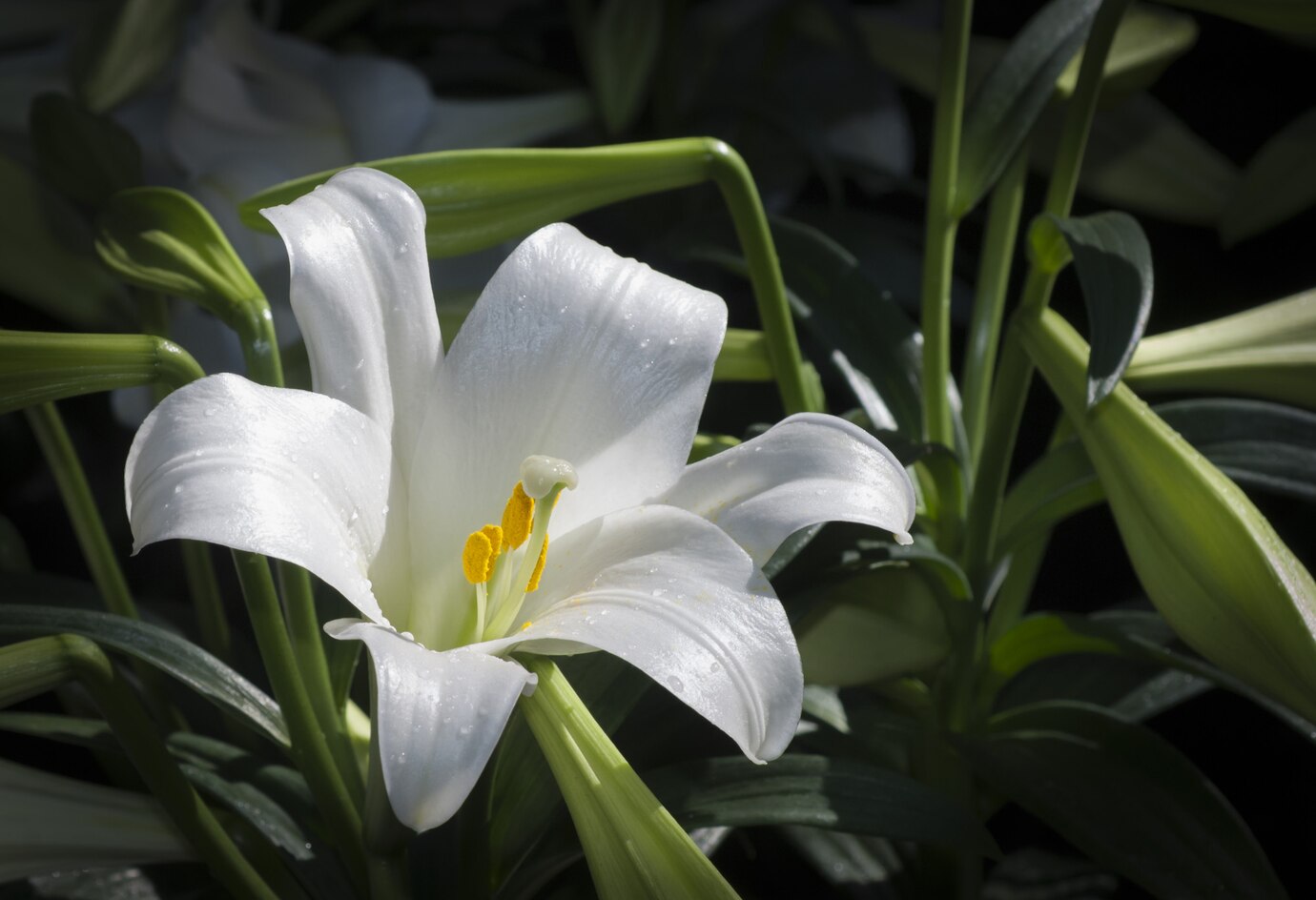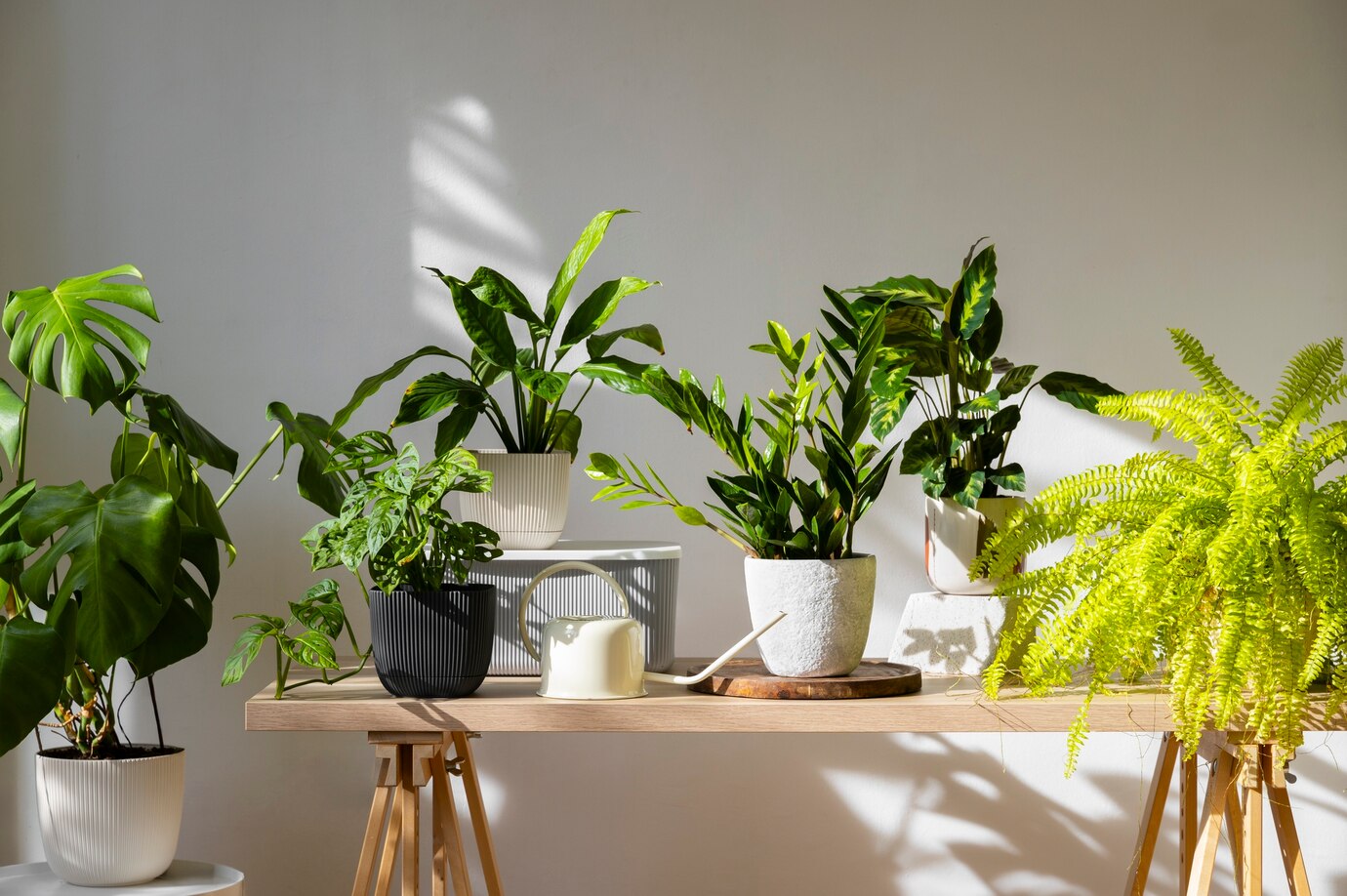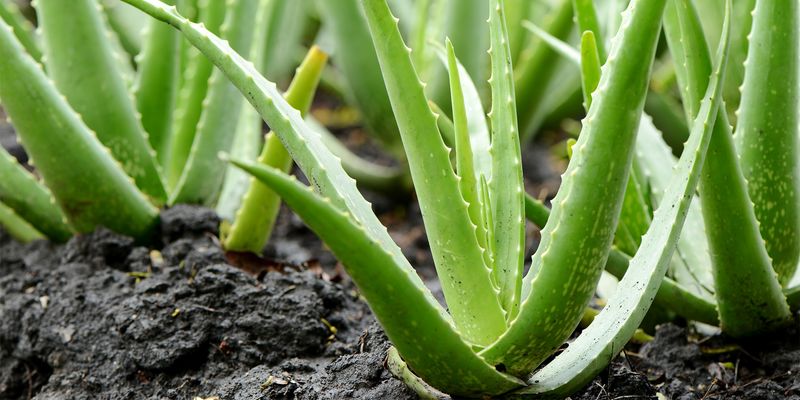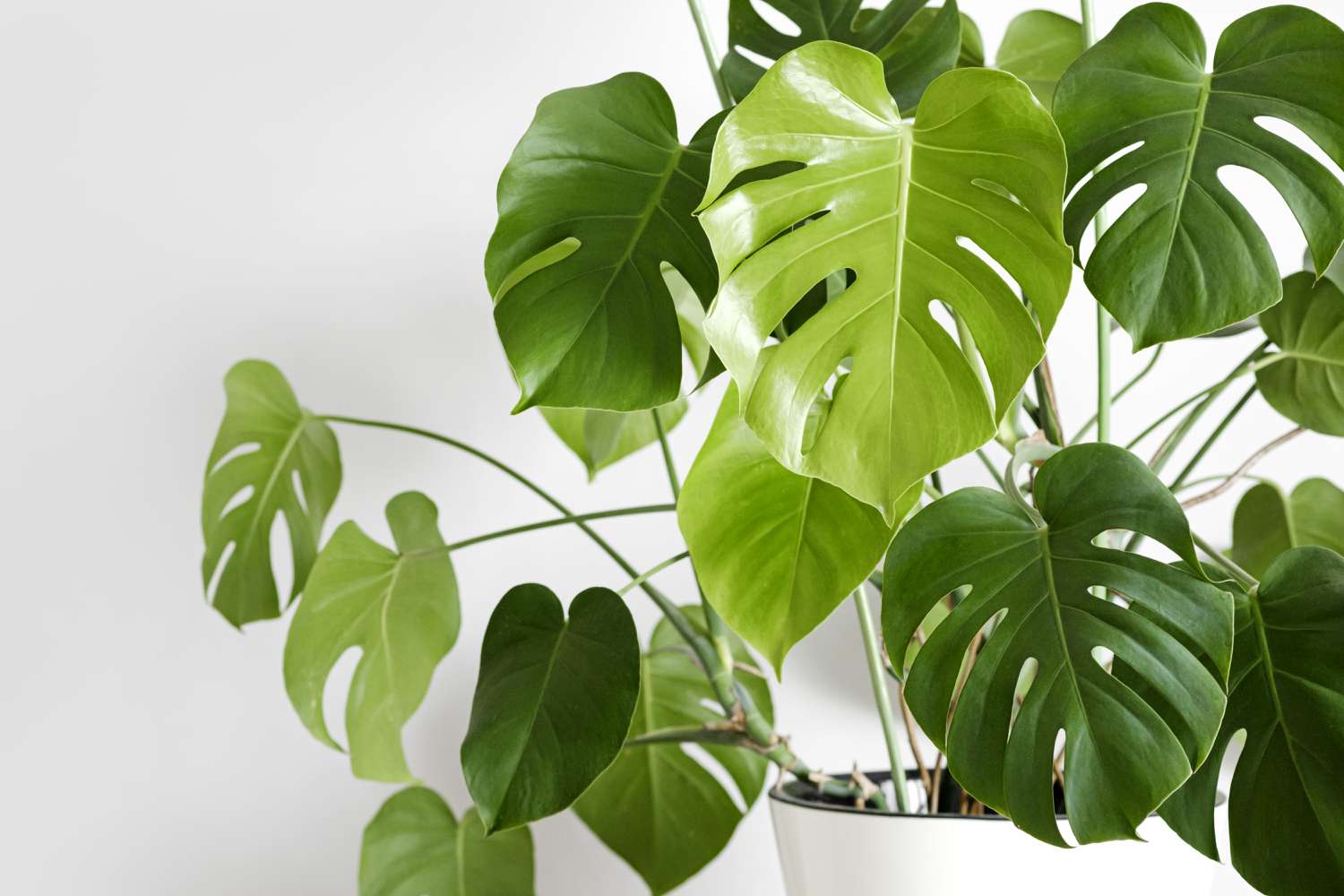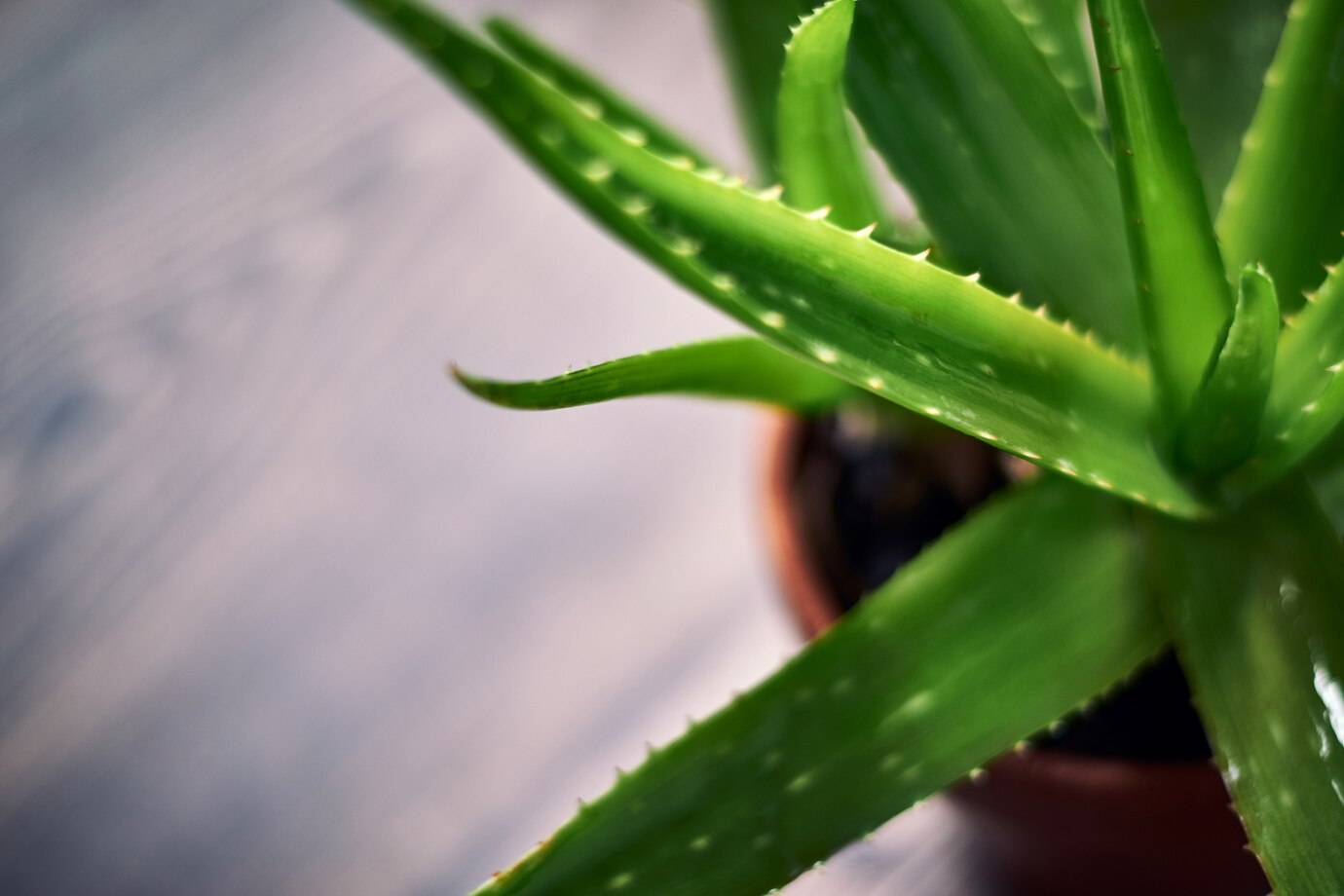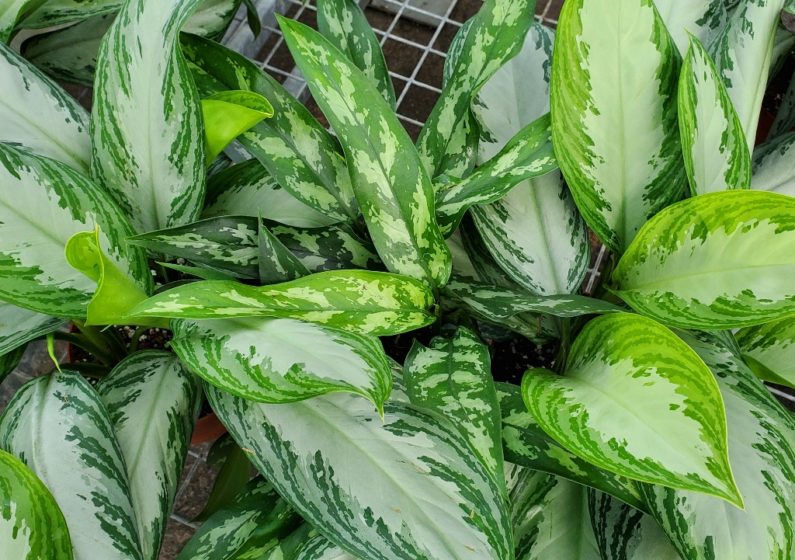Calathea (Calathea sp.), or Prayer Plants, are tropical plants commonly grown indoors for their vibrant, colorful, and striped leaves. Their common name, “Prayer Plant,” comes from the unique way their leaves move in response to the time of day. At night, the leaves fold upwards and inwards, resembling a praying gesture.
Calatheas can be tricky to grow because they require a bright, indirect light source and high humidity. Direct sunlight can scorch their leaves. And insufficient humidity may cause the leaves to dry out and become crispy.
Table of Contents
Toggle5 Steps to Grow Calathea
Here are the top 5 steps to grow and care for Calathea plants:
- Calatheas plants prefer medium to bright indirect light; direct sunlight can burn their leaves.
- Use a premium potting mix for Indoor Plants for the best start.
- Calatheas thrive in humid environments. Place them in naturally humid areas like bathrooms or kitchens, or sit the pot on a saucer filled with pebbles and water. Alternatively, mist the leaves regularly.
- Fertilize with an indoor plant fertilizer monthly during spring, summer, and autumn to encourage healthy growth.
- Remove damaged leaves to promote new growth.
How to Grow Calathea in a pot
Choose a pot for your Calathea that’s about twice the size of the original pot. Ensure it has drainage holes, or use a black plastic pot that fits snugly inside a cover pot (one without holes).
Half-fill the new pot with Potting Mix. Gently remove the Calathea from the nursery pot and place it into the pot. Fill in the area around the root ball with more potting mix, ensuring that the mix is level with or slightly below the top of the pot.
Water your new plant thoroughly and drain any excess water from the base of the cover pot or saucer (if using). During winter, Calatheas can tolerate drying out between waterings. Allow the top 1-2cm of soil to dry before watering again. While they prefer a moist potting mix, Calatheas do not like wet feet, so avoid allowing water to pool in the base of cover pots, as it may lead to root rot.
How to Grow Calathea in the Garden
Calatheas can be grown outdoors in warm, frost-free climates. Choose a shady location with rich, moist, but well-draining soil, such as under a tree. Make a hole twice in width and just as deep as the original nursery pot. Add compost into the soil at the bottom of the hole.
Remove the Calathea from its pot and position it in the center of the hole. Top up around the root ball with soil and water the plant thoroughly.
Mulch around the in-ground Calathea to help retain moisture and suppress weeds. These plants will need regular watering, especially during warmer or drier weather.
How to Care for Calathea
Fertilise your Calathea every fortnight in spring, summer, and autumn using an indoor plant fertiliser to encourage new growth.
During the warmer months of spring and summer, Calatheas will appreciate more regular watering and higher humidity. To increase the humidity, group your Calatheas with other plants or mist them regularly with a spray bottle. You can also place their pot on a saucer filled with pebbles and water—this will help humidify the air as the water evaporates. Calatheas don’t like drying air, so keep them away from air conditioning or heating vents.
Remove any damaged leaves to promote healthy and new growth. If the tips of the leaves turn brown, it could be a sign of too much sun or insufficient humidity. Try reducing direct sunlight exposure and increasing humidity around the plant.
Common Pests
Calathea plants thrive in humid environments, which can make them susceptible to fungus gnats, as these pests thrive in moist conditions. While fungus gnats typically don’t harm the plant’s health, they can be controlled by applying neem oil. Other common pests that may affect Calatheas include aphids, mealybugs, spider mites, and scale. These issues can often be managed with several applications of horticultural oil or insecticidal soap.
Types of Calathea
There are many Calathea species, each with its unique characteristics. Some notable ones include:
Calathea orbifolia: Known for its large, silver-green striped leaves, this species adds a striking touch to any space.
Calathea makoyana: Commonly called the peacock plant, it showcases a beautiful mix of dark green, cream, purple, and pink hues with red stems.
Calathea ornata: Also known as the pinstripe plant, it features deep green leaves adorned with pink stripes. A popular cultivar of this species is ‘Beauty Star.’

